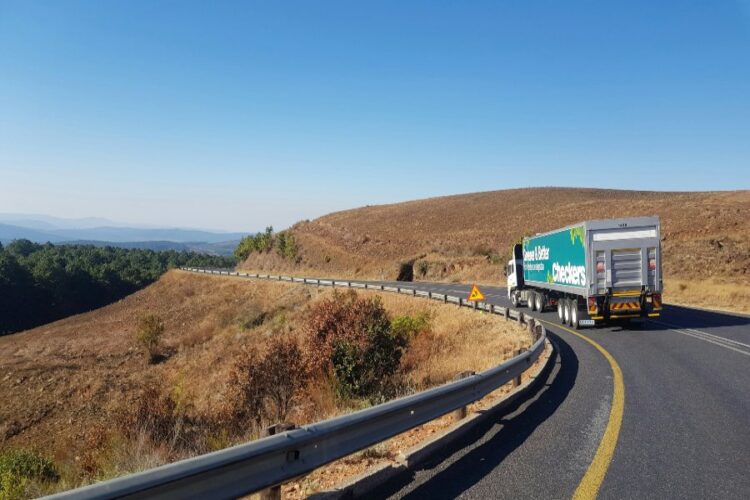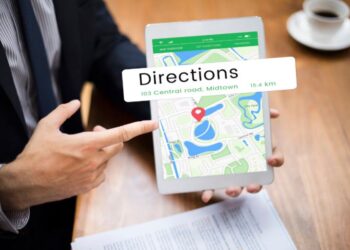Millions of trucks crisscross America every day, including massive 18-wheelers or semi-trucks. They transport goods between states and keep the U.S. economy booming.
Unfortunately, many of these semi-trucks are overloaded. This is a very bad idea, considering that a truck’s weight can lead to catastrophic injuries should there be an accident. The heavier a truck is, the more of a death trap it becomes during a crash.
Why Trucking Companies Overload Trucks
Despite the dangers of an overloaded truck, some trucking companies think of costs first. For instance, a company may not want to pay for the fuel it takes to complete several trips. So, they would load the truck beyond its limits to make more deliveries in one trip.
There is also a misconception that reducing the cost of transportation automatically increases profits. This is not true because overloading will inevitably damage a truck’s components. These must be fixed so the company will spend more on maintenance.
The Risks of Overloading
Trucks have a high profile, making them prone to rollover accidents. When excess weight is added, it may cause an imbalance that makes the truck more difficult to control.
If the truck driver makes unexpected maneuvers while driving an overloaded truck, it could easily lead to a rollover accident. These maneuvers include swerving, abrupt braking, and oversteering.
Not only does the truck itself become a huge hazard on a public road then, but the spilled cargo poses yet another danger to oncoming traffic. Moreover, if the truck contains hazardous materials, it may lead to a fire or explosion.
Rollover accidents are not the only scenario that truck drivers and companies should consider when overloading a truck. The extra weight will strain the truck’s suspension and steering system, which may lead to jack-knifing or a complete loss of control.
It also takes more braking power to stop an overloaded vehicle. This means that the stopping distance is increased when a truck is heavier than it should be. This could spell disaster in an emergency. For instance, if there is a sudden traffic slowdown, this could potentially lead to a rear-end collision.
It is also important to note that overloading pushes brakes beyond their capacity. An overloaded truck’s brakes can overheat or fail. A horrific accident may transpire in this scenario, especially if a truck’s brakes fail on a major highway.
There is also the risk of a tire blowout. Tires are optimally designed and engineered to handle a specific weight limit. When truck tires have to handle an excessive load, the pressure becomes too much. Should a semi-truck blow a tire, the consequences can be catastrophic.
Parts of the wheel and other debris will shoot into the road, and the truck will likely veer into oncoming traffic. This is an incredibly dangerous situation for truck drivers and other road users.
Are There Regulations Against Overloading?
It is illegal to overload a semi-truck in the U.S. The Federal Highway Administration’s Freight Management and Operations department has set several weight limits for commercial vehicles. Commercial vehicles, including semi-trucks, must obey these limits on all interstate highways.
State regulations for truck weight limits are usually the same as federal limits. However, each state has the right to set its own weight limits.
The commercial truck limit (federal) is 80,000 pounds, including a limit of 20,000 pounds per axle. These limits help ensure a more even weight distribution. When a truck is overloaded, it throws everything off balance and makes its structure unstable.
The Human Cost of Overloaded Truck Accidents
An overloaded truck crash can cause fatalities and severe injuries. These include loss of limbs, spine injuries, brain injuries, burns, broken bones, and neck injuries. If a victim survives a truck accident, they will likely have a long recovery ahead of them. This is especially true if they have a limb amputated or if they suffer serious brain injuries.
Fortunately, there is recourse for these victims. In some cases, it is possible to file a personal injury claim. If someone dies in an overloaded truck accident, the deceased’s family may be able to file a wrongful death lawsuit against the trucking company or driver.
What to Do After a Truck Accident
Knowing what to do if you are involved in a truck accident is important. The steps to follow are much the same as that of a car accident. The first thing to do is to check whether everyone is okay. If you are not seriously injured, check on other drivers and passengers involved in the vehicle. You should also check on the truck driver.
The second step is to call emergency services. Dialing 911 and explaining the situation will get the police, firefighters, and paramedics to the scene first.
While waiting for help, try to clear the road. If this is impossible, at least try to get everyone to the side of the road and out of traffic. At the same time, try to take photos of the accident scene, including the damage to your vehicle. If possible, get the truck driver’s contact details and insurance information. Do the same with the other drivers. Remember to ask who the truck driver works for.
The next step is to allow the EMTs to check you for serious injuries and to go to the ER if they tell you to. Keep all medical records as evidence to pursue a personal injury case.
When you finally return home after the accident, talk to a personal injury lawyer to determine your next steps. The lawyer will deal with the insurance providers on your behalf and fight for your deserved compensation.
For the lawyer to do this effectively, you must provide them with all the evidence you have collected. This includes the photos you took at the scene, any witness statements you may have, and the official police report.
Overloaded Semi-Trucks Remain a Significant Threat
As mentioned above, the consequences of driving an overloaded truck can be horrific. This issue requires collaboration between trucking companies, drivers, law enforcement, and even the public. When everyone works together to improve safety, it is possible to create safer interstate highways.










